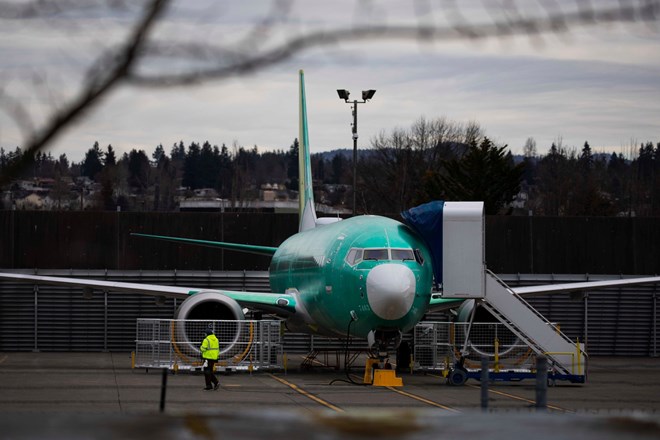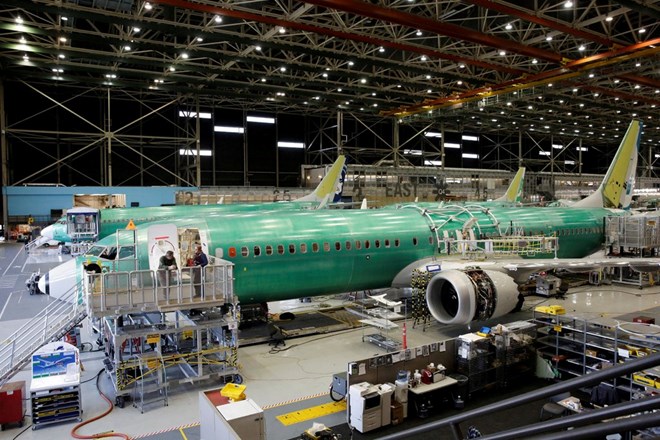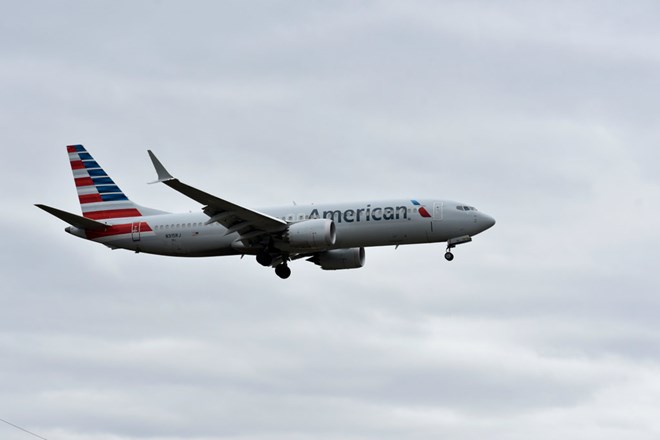
The chief executive of Boeing backed down on Wednesday. He called President Trump to recommend that the United States temporarily take the company’s best-selling jet out of service, following two deadly crashes in less than five months.
The plane, the 737 Max, was deeply rooted in the company’s psyche, a reflection of its engineering prowess and its enviable safety record.

One area of focus is whether the training procedures on Boeing’s jet, greenlighted by the Federal Aviation Administration, left pilots unprepared to deal with new software on the plane.

When the plane was introduced, Boeing believed that pilots who had flown an earlier model didn’t need additional simulator training and regulators agreed. The F.A.A. didn’t change those rules after the Lion Air crash in October and there are no plans to do so now.

Although the investigations are continuing, preliminary evidence and data suggest potential similarities between the crashes, raising questions about the new software on which pilots weren’t trained.
Evidence at the Ethiopia crash site suggests there could have been a problem with the software, an automated system designed to help avoid a stall, which has also come up in the Lion Air disaster.

When Airbus announced in 2010 that it would introduce a new fuel-efficient and cost-effective plane, Boeing rushed to get out its own version.
The strategy depended heavily on building a plane that worked essentially the same as the previous generation. Regulators agreed that it was a derivative model and that it didn’t require additional simulator training, a significant savings for airlines.
For many new airplane models, pilots train for hours on giant, multimillion-dollar machines, on-the-ground versions of cockpits that mimic the flying experience and teach them new features.
But in the case of the Max, many pilots with 737 experience learned about the plane on an iPad.
“We would have liked to have had a simulator” from the start, said Jon Weaks, the president of the Southwest Airlines Pilots Association. “But it wasn’t practical, because it wasn’t built yet.”
As Boeing pushed to get the plane done, flights simulators designed specifically for the Max weren’t ready. Greg Bowen, the training and standards chair at the Southwest pilots association, said that senior leadership at the carrier told him the engineering data necessary to design simulator software was still being finalized right up until the plane was nearly completed.
“They were building the airplane and still designing it,” Mr. Bowen said. “The data to build a simulator didn’t become available until about when the plane was ready to fly.”
When United was set to take delivery of the 737 Max in 2017, a group of pilots put together training materials without ever flying the aircraft or a full simulator.
James LaRosa, a 737 captain and union official who helped lead the training group, said he flew to a Boeing training center in Seattle to learn about the new plane on a mock cockpit that didn’t move like typical simulators.
In addition to a two-hour iPad training course from Boeing, he and colleagues used their experience in the cockpit to create a 13-page handbook on the differences between the Max and its predecessor, including changes to displays and the engines.
The training materials did not mention the new software that later became a focus of the Lion Air crash investigation.

“When you find out that there are systems on it that are wildly different that affect the performance of the aircraft, having a simulator is part of a safety culture,” said Dennis Tajer, a spokesman for the American Airlines pilot union and a 737 pilot.

“It can be the difference between a safe, recoverable flight and one that makes the newspapers.”
Pilots at American Airlines, who began asking for simulators for the new model as soon as they started flying the planes, ramped up their requests after the Lion Air crash.

Boeing officials promised American and Southwest pilots a software fix within several weeks, but added that extra training was not necessary. Notifying the pilots of the nature of the software fix and how it would function would be enough.

The airlines agreed. After those meetings, the pilots from both unions said that they were certain that they could keep flying the plane safely, even without simulators.
Once they had been told how the new software worked, they believed they had “all the information on the system and the ability to interrupt it if it went afoul,” said Mr. Tajer.